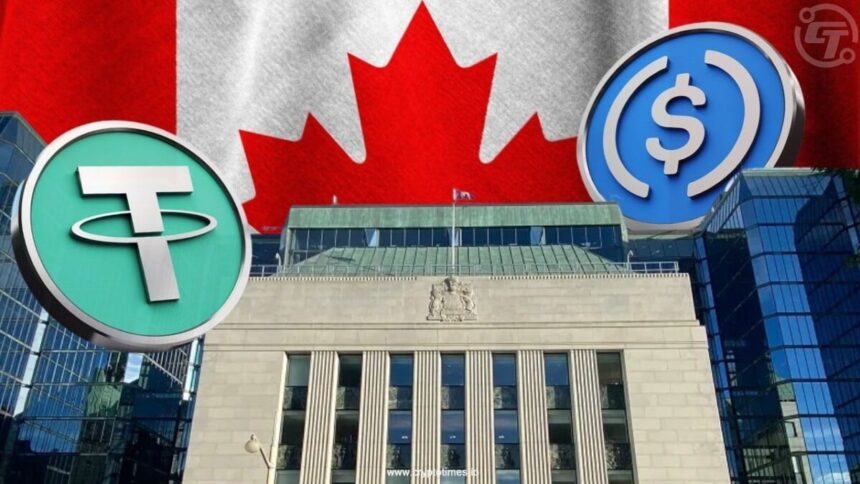Canada Stablecoin Regulation Planned for 2025 Federal Budget
Background: Canada Moves Toward Stablecoin Oversight
Canada is preparing to introduce legislation for the regulation of fiat-backed stablecoins as part of its 2025 federal budget. This move follows the United States, which enacted the GENIUS Act in July to oversee stablecoin issuers. The Canadian government laid out its intentions in the 2025 budget, published Tuesday, aiming for a regulatory framework that sets clear requirements for companies issuing stablecoins within the country.
The Canada stablecoin regulation will require issuers to maintain sufficient reserves, enforce clear redemption policies, and implement risk management structures. These measures will also cover personal and financial data protections for Canadians. The proposed regulatory framework is a response to the growing global use of digital assets and recent international legislative activity, especially by the US.
Implementation: Funding and Industry Adoption
According to the budget documents, the Bank of Canada plans to allocate $10 million over two years, starting from the 2026-2027 fiscal period, to facilitate smooth deployment of the new regulatory system. Ongoing costs of approximately $5 million per year are anticipated, with these expenses offset by regulatory fees charged to stablecoin issuers governed under the Retail Payment Activities Act.
This comes as institutional interest in stablecoins continues to grow. Companies such as Western Union, SWIFT, MoneyGram, and Zelle have either adopted stablecoin integration or announced plans to do so in recent months. The stablecoin market has reached $309.1 billion in value, with estimates from the US Treasury projecting potential growth to $2 trillion by 2028.
Within Canada, payments firm Tetra Digital has positioned itself at the forefront of the sector. The company raised $10 million from major investors, including Shopify, Wealthsimple, and the National Bank of Canada, to launch a digital Canadian dollar initiative. Coinbase Canada CEO Lucas Matheson described the stablecoin framework as a change that “will change how Canadians interact with money and the internet forever,” according to CBC.
What’s Next: Scope and Market Impact
While the federal budget did not indicate when the stablecoin legislation would be officially introduced, the initiative is featured as part of a larger effort to modernize Canada’s payments system. The government seeks to enhance the speed, affordability, and security of digital transactions for the country’s 41.7 million residents.

In parallel, the Bank of Canada in September 2024 dropped plans to issue a central bank digital currency, with Governor Tiff Macklem citing insufficient reasons to proceed. The focus has since shifted to regulating private sector stablecoins and ensuring their safe adoption in retail and business payments.
Canada stablecoin regulation efforts reflect international moves to address the rapidly growing role of stablecoins in finance. As legal frameworks take shape, both market participants and consumers are expected to see increased support for digital transactions, aligning Canada’s financial sector with evolving global standards.
For more on cryptocurrency regulation, see the Cryptocurrency News section.



















